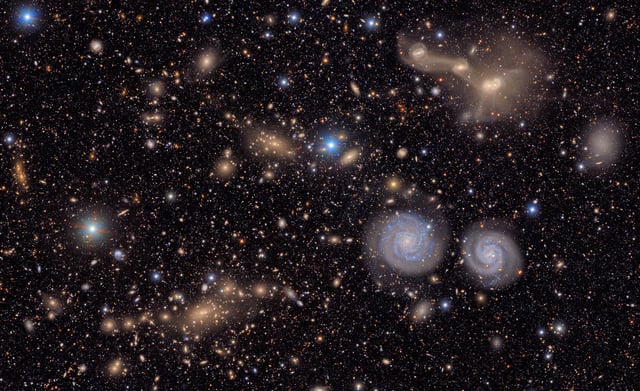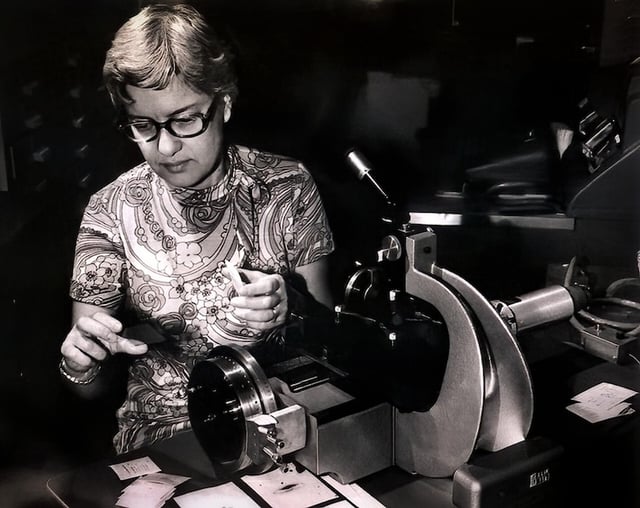Overview
- Composite exposures reveal the Trifid and Lagoon nebulae with unprecedented clarity and capture roughly 10 million galaxies in the Virgo cluster
- Just over 10 hours of test observations identified 2,104 previously unknown asteroids, including seven near-Earth objects that pose no threat
- The 3,200-megapixel LSSTCam paired with an 8.4-meter Simonyi Survey Telescope will photograph the entire southern sky every three nights for a decade
- Data streams of about 20 terabytes nightly feed AI-driven systems that compare new images to past observations and issue alerts within minutes for transient events
- All data will be released publicly to support research into dark matter, dark energy, supernovae and solar system bodies



